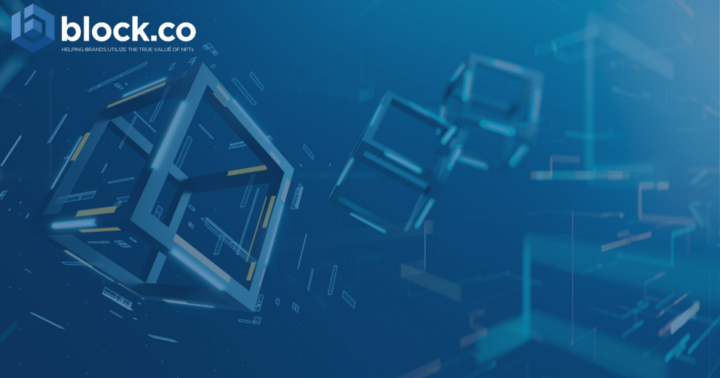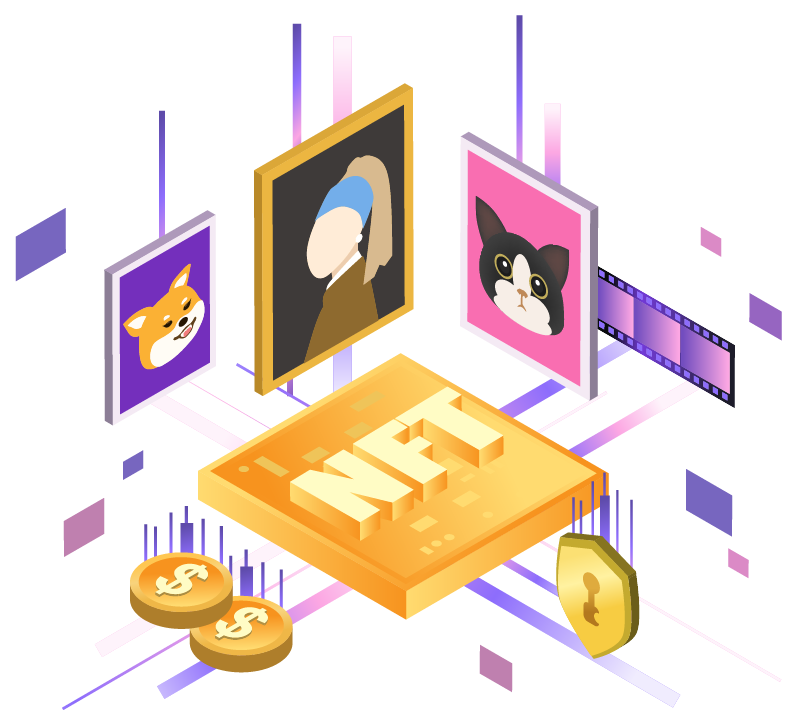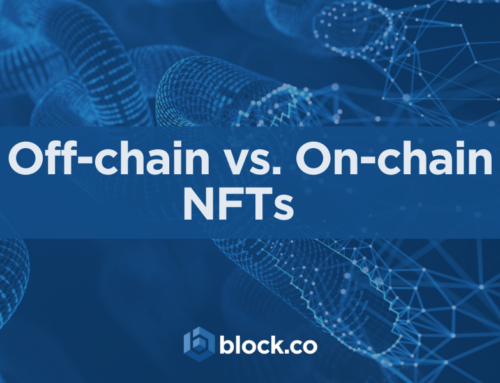Parallels Between Two Disruptive Technologies: Internet & Blockchain – Part I

The emergence of disruptive technologies is always complemented by the creation and development of new models, mostly resulting in new economic concepts and business structures. The rise of the internet over 30 years ago, laid the foundation for the creation of new markets, for instance, that book store that sells all publications from around the world — Amazon. Or new concepts like the ‘Instant gratification’ that contributed to the introduction of business models like Netflix, finally allowing consumers to get instant access to films and series.
Blockchain is bound to create new models in all fields that regulate our lives, from a financial perspective to the regulation of infrastructures facilitating interactions and transactions in a way that would not be possible without the internet. This is one of the reasons why it is often referred to as the next generation of the internet or Web3, where WWW revolutionized information, Web2 facilitated interactions and now Web3 has the potential to innovate agreement and value exchange structures using the internet in a decentralized manner.
From a technological perspective, the similarities between the two are impressive.
We are currently believed to be in what were the early stages of the internet, with similar challenges around scalability, costs, and education, limiting the development of breakthrough applications and mass adoption. These internet challenges were resolved over time, therefore we should expect a similar progression in Blockchain.
In 1996, major internet service AOL could not manage a high volume of Internet users and went down for nineteen hours. Gradually the average internet speed in the US went from 50Kbps in 1999 to 18.7Mbps in 2017. Similarly, in 2017 the Ethereum blockchain failed to sustain the spike of on-chain transactions caused by the famous blockchain game CryptoKitties and the platform suffered the most serious network clog to date. These failures are necessary for the development of technology. Just like it was clear in 1996 that the internet had to face a scalability issue, it’s been evident for years now that blockchain also has to find ways to deal with the problem. Developers, programmers, experts, and academics are all working on the improvement of the system but there won’t be a definite solution, just like there wasn’t for the internet.
As popular Bitcoin expert and educator Andreas Antonopoulos mentioned in his book The Internet of Money, “Scale is not a goal to achieve; it is a definition of what you can do with the network today.” Scalability was built on the internet based on layers on top of the basic protocol and it looks like this will be the possible progression for the blockchain too. The Lightning Network, layer2 or off-chain protocol, is paving the way for Bitcoin’s fast and small payments along with a major focus on providing full privacy to transactions. Many believe in this respect we are still in 1994 Internet time, when the TCP/IP, HTML, and FTP were invented, leading to the successful business models represented by Facebook, Airbnb and Uber later. In the blockchain, breakthrough Dapps have yet to appear and will emerge in the coming years.
User Interface will help drive adoption in the same ways it helped the internet. At the time of the Arpanet, the technical foundation of the internet, the system was difficult to use for both non-technical and technical people. The search functionality relied on an IP address and navigating the internet meant inserting a long string of numbers in order to find what you were looking for. It was easy to get confused, mistype numbers, etc. When the switch between the IP address and the URL happened, it became easier to navigate the web thanks to a more efficient and user-friendly experience overall.
Blockchain usage and benefit are still clunky. We still need a 12 or 24-word phrase to access a private cryptocurrency wallet and send a transaction to a long string of numbers (just like it happened with the early internet addresses) to validate it. All of this will disappear once user interfaces will be given the right attention and mass adoption will likely benefit from a system easier to use. It is clear that in blockchain development more focus has been given so far to make the technology more secure, reliable, and robust at the expense of the user experience. Once the strength of the network/system is secured there will be a shift of interest in developing the interface with a resulting better user-friendly experience. Maybe it’s the right evolution and one that will bring a stronger technology structure overall.
Adoption is another important parallel we can highlight, not only with the Internet but with all the disruptive technologies previous to the World Wide Web. It took 46 years for electricity, 35 years for telephone, 14 years for TV, and 7 years for the Web to reach 25% of global market penetration. We can expect a similar growth trajectory to happen in the cryptocurrency/blockchain space, perhaps at a faster rate since the world is more connected now, thanks to the already existing internet interactions.
Stay tuned because in part two of this blog we will explore the parallels between the technologies in education, capitals, and start-ups and the decentralization of the blockchain as the main aspect that will revolutionize the Internet as well.
In the meantime, blockchain as a distributed ledger for a secure network of transactions is finding wide adoption as is the case for academic and ID credentials embraced by The University of Nicosia and Block.co. The University of Nicosia and Block.co can help provide the necessary technical expertise to follow the whole process from creation to publication on the blockchain where the document will be safely stored for life and where it can be independently verified by any third party. They were the first ones to do it globally as early as 2014.
If your brand is ready to take the step into web 3.0 and NFT marketing, to optimize engagement with your audience in innovative ways, then click the button below to get your Free Trial, a limited number of Free NFTs, and a Free Consultation call from our team!
For more info, contact Block.co directly or email at enquiries@block.co.
Tel +357 70007828
Get the latest from Block.co, like and follow us on social media:







